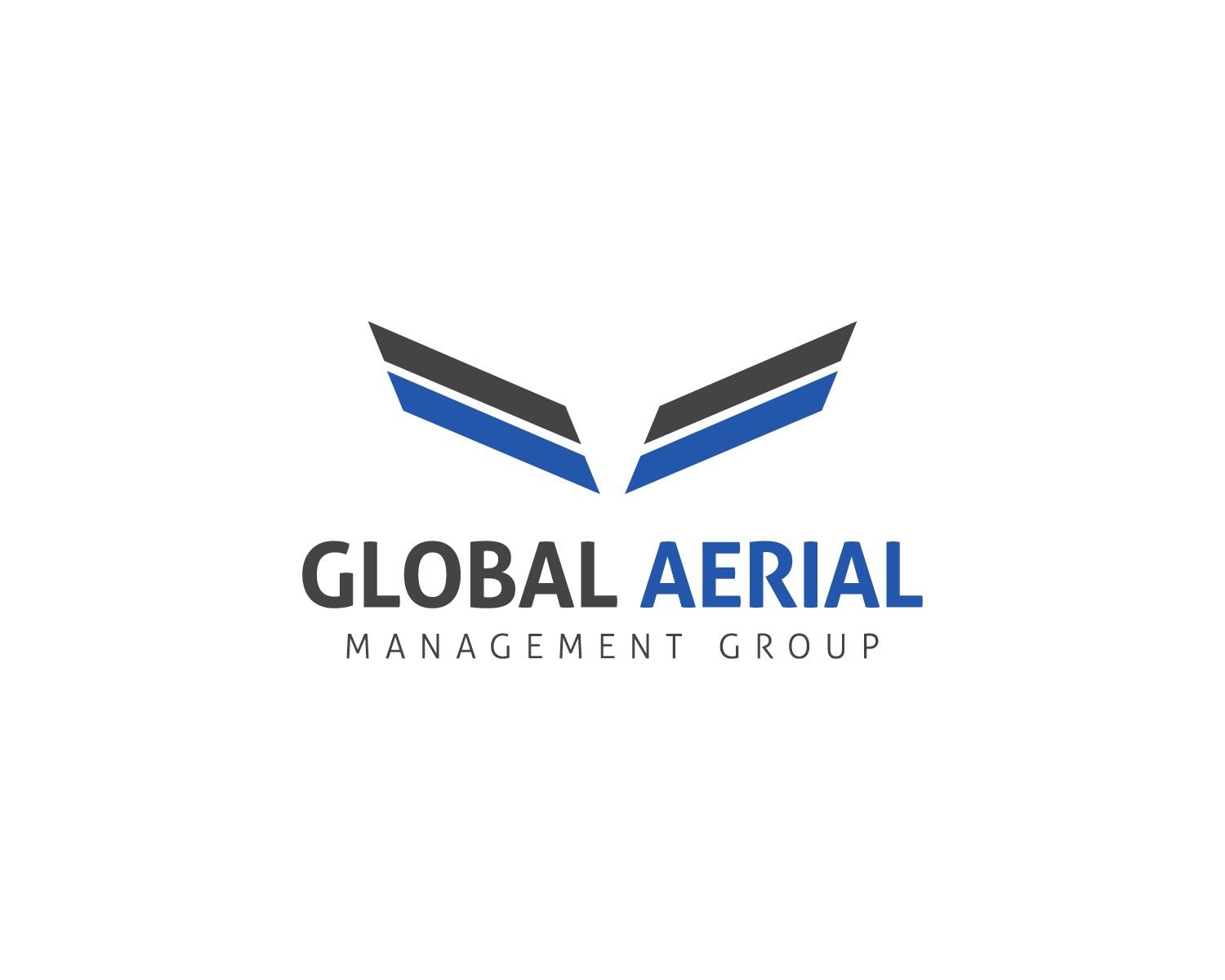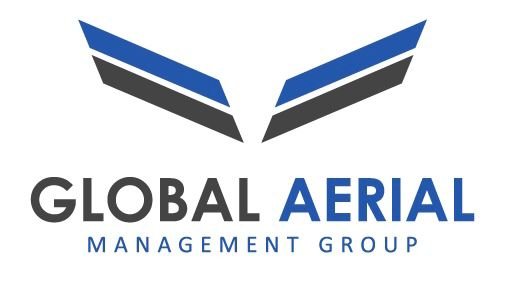Remote ID Enforcement Coming in September 2024
In the ever-evolving landscape of aviation regulation, staying informed is paramount for both industry professionals and enthusiasts alike. One of the most significant developments on the horizon is the implementation of Remote Identification (Remote ID) requirements by the Federal Aviation Administration (FAA). Set to come into effect in September 2024, this milestone marks a pivotal moment in the integration of unmanned aerial systems (UAS) into the national airspace. In this blog post, we'll delve into what Remote ID entails, its implications for drone operators, and how stakeholders can prepare for this upcoming enforcement.
Understanding Remote ID: Remote ID is a regulatory framework designed to enhance safety and security in the rapidly expanding drone industry. Essentially, it requires all UAS operating in the airspace to broadcast identification and location information in real-time. This allows authorities to track and identify drones, similar to how traditional aircraft are monitored. By providing crucial data such as the drone's location, altitude, and unique identification code, Remote ID aims to mitigate risks associated with unauthorized or unsafe drone operations.
Implications for Drone Operators: For drone operators, compliance with Remote ID requirements will become mandatory once enforcement begins in September 2024. This means ensuring that their drones are equipped with compliant Remote ID technology and that they adhere to operational guidelines set forth by the FAA. Failure to comply with these regulations may result in penalties or enforcement actions, underscoring the importance of understanding and adhering to Remote ID requirements.
Preparing for Enforcement: As the deadline for Remote ID enforcement approaches, drone operators and stakeholders must take proactive steps to ensure compliance. This includes familiarizing themselves with the Remote ID regulations, evaluating their existing drone fleet for compliance, and making any necessary upgrades or modifications. Additionally, staying updated on FAA guidance and participating in relevant training and educational opportunities can help ensure a smooth transition to Remote ID compliance.
The impending enforcement of FAA Remote ID requirements in September 2024 represents a significant milestone in the regulation of unmanned aerial systems. By enhancing visibility and accountability in the airspace, Remote ID promises to improve safety and security for all stakeholders. As this deadline approaches, it's essential for drone operators to understand their obligations and take proactive measures to ensure compliance. By doing so, we can collectively contribute to the safe and responsible integration of drones into our skies. Stay tuned for further updates and guidance on navigating the evolving landscape of aviation regulation.


